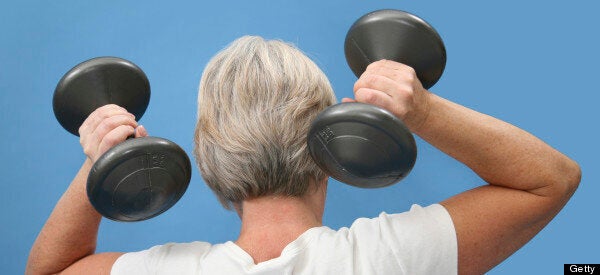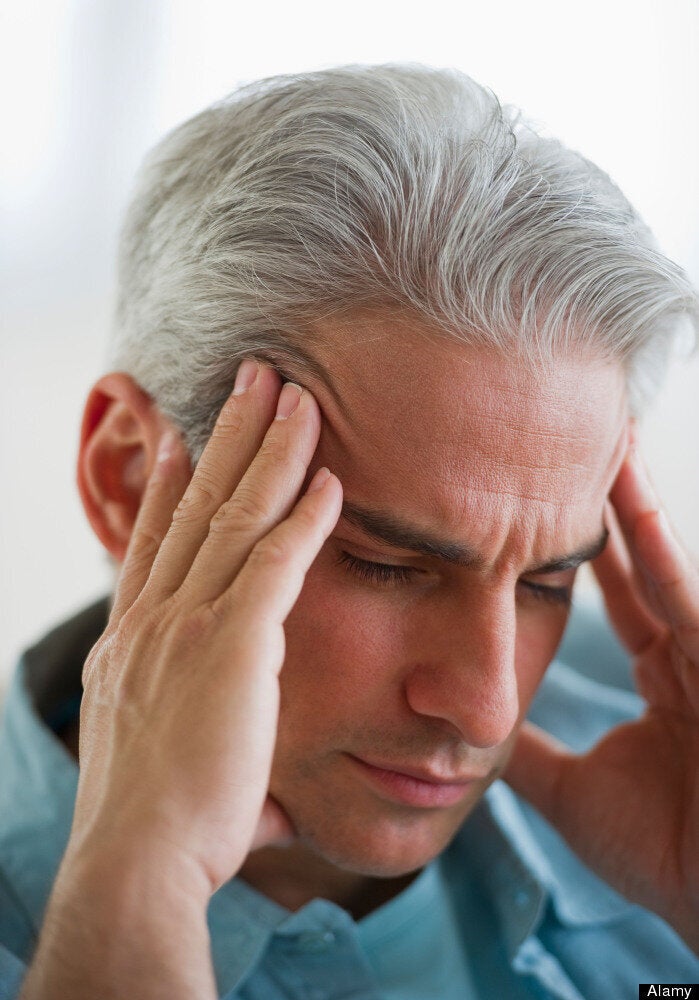After BBC presenter Andrew Marr suffered a stroke earlier this year, and the cause was thought to be too much vigorous exercise, the relationship between exercise and strokes was put to the test.
However now, scientists have found that doing exercise - and more importantly sweating while doing so - can actually decrease the risk of a stroke by up to 20%. Every year, around 40,000 people in the UK die from a stroke.
Researchers found that people who don't do any exercise are more likely to experience a stroke or mini-stroke than those who work out at a moderate or vigorous intensity four times a week.

The study was carried out in the 'stroke belt' states in south-east America including Alabama, Arkansas, North Carolina and Tennessee.
Top Tips To Prevent A Stroke:
- Diet - cutting out saturated fat
- Exercise - 150 minutes a week
- Quit smoking - puffing away doubles the risk of a stroke
- Manage your alcohol - heavy drinking increases the risk of a stroke by three times
(Source: NHS)
However - the findings may be different for both genders, reported The Daily Mail. The findings were more likely to be applicable to men - the link between physical activity and strokes was less clear cut for women.
However, research from a study which followed more than 30,000 people for a decade has revealed that if women walk around 35 minutes a day, it can reduce a risk of stroke.
Exercise can help to reduce high blood pressure (hypertension), which can contribute to a stroke.
Author of the research Doctor Michelle McDonnell, a lecturer in Health Sciences at the University of South Australia, said: "The stroke-lowering benefits of physical activity are related to its impact on other risk factors. Exercise reduces blood pressure, weight and diabetes. If exercise was a pill, you’d be taking one pill to treat four or five different conditions."
How to spot a stroke from HuffPost US:
